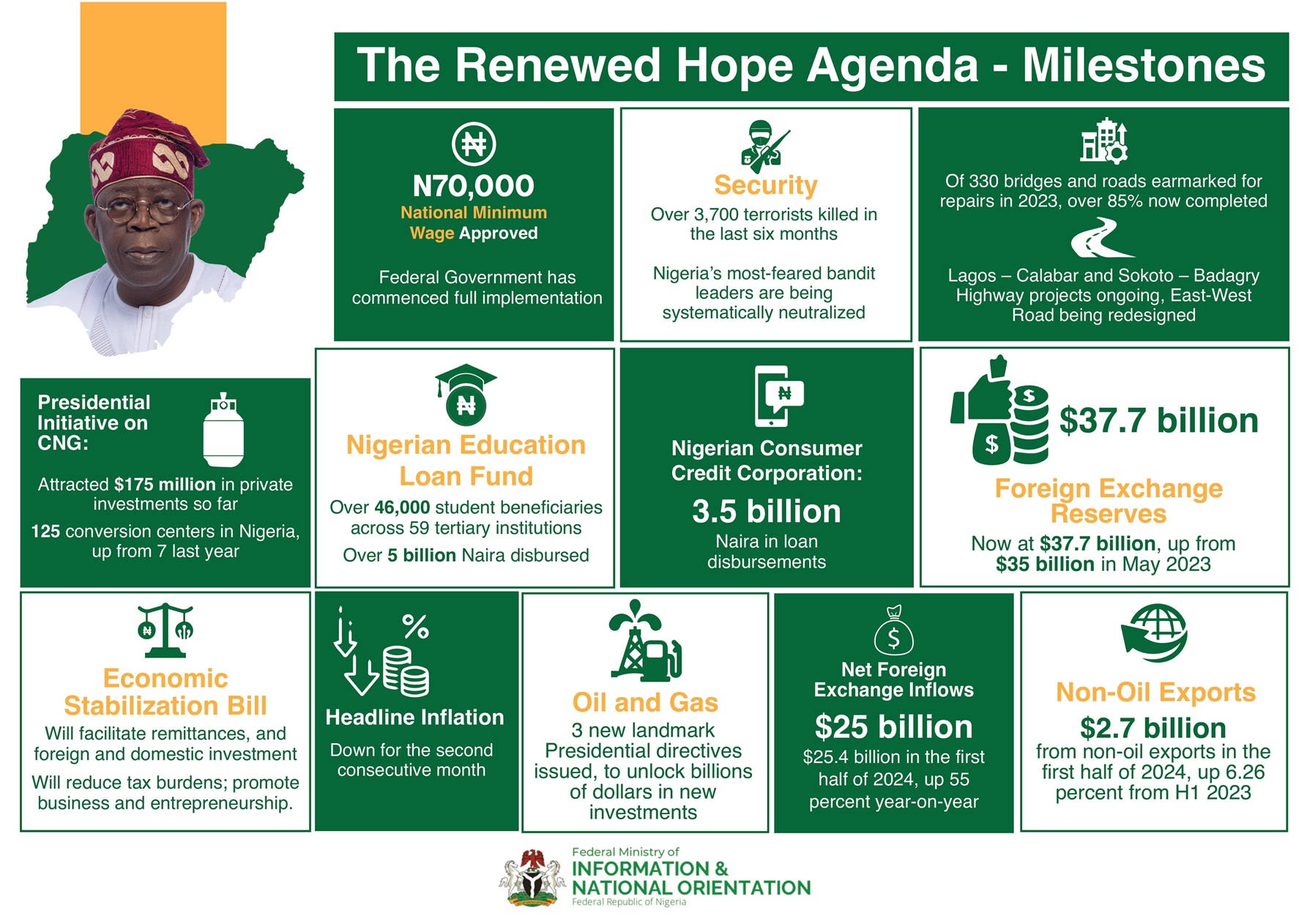By John Meze
The Programme Manager, National LPG Expansion Plan, Dayo Adesina, has stated that the government’s interest in the development and use of liquefied petroleum gas, otherwise known as cooking gas has tremendously helped the country in the reduction of gas emissions in the country especially at the oil and gas fields operated by the industry players.
Adesina who was speaking while delivering the keynote address on behalf of the Vice President of Nigeria, Professor Yemi Osibanjo, at a two-day international summit and exhibition organised by the Nigerian Liquefied Petroleum Gas Association(NLPGA), on LPG, said that government’s involvement as well as provision of enabling environments to the subsector of the oil and gas industry has in no small measure ensure the reduction of industrial emission by companies both in the oil and gas industry as well as other sectors to about 65%.
Though, he averred that all statements should be attributed to him not the Vice President, he highlighted government’s efforts to include removal of value added tax (VAT) on LPG to the tune of Five Percent, creation of jobs through ensuring the involvement of Nigerians in the industry, creation of cleaner environments by the reduction of charcoal, among a host of others.
The LPG Expansion Programme Manager also stated that the government has ensured an output increase to about One million tonnes from oil and gas companies, created the local market for the product, currently working for the retrieval of all old cylinders and their recertification, increased and developed storage facilities as well as dispensing points.
He assured that the government would continue to support the industry through the development of new terminals, further ensure the increase of the output to about Two million, further reduction of green house gases, ensure more involvements of the funding and finance sector for the industry to be able to face its challenges.
However, Allan Hayes, a researcher and the Vice President of Business Development, Argus, observed that regional LPG trade flow is on the increase and would remain so due to United States of America’s shale gas adventures whereas Asia would continue to drive demands particularly in petrochemicals and the domestic sector of the LPG.
He noted that as a result of supply overhang the price of the product would definitely drop over time.
Mr. Hayes further informed that by 2030 most of the output in the market would be from shale thereby impacting production from refineries as huge output is expected.
Restating the fact that Asia is already the largest demand region and forecast to see continued strong as well as smooth pattern, he added that the revolution in LPG would be driven by gas while in African there is very high gas processing.
The Vice President, Business Development of Argus, who stated that demand split is forecast to remain relatively stable, said that in Nigeria LPG production is forecast to rise to Five million tonnes in the mid 2020s, though demand will rise but not ahead of production.
On the other hand the Nigerian National Petroleum Corporation’s (NNPC) retail arm the Petroleum Products Pricing Regulatory Agency(PPRA)through its LPG retail Manager, John Chiejine in his paper, ” LPG infrastructure: Opportunities and challenges,” that the agency as a commercial regulator for the downstream subsector of the oil and gas industry has among other things provided environment key to attracting investment in the sector, ensures the creation of an investment friendly and conducive business environment, place more relevance on LPG now more than before, grown storage capacity to 48,500 metric tonnes (MT) from 4000MT over the last 10years, 25,000MT additional capacity anticipation within the next Six to 12 months and has entered to agreements for establishment of plants for the manufacturing of cylinders.
Others are improvement of local consumption which data has moved from 49,091.92MT in Jamuary, 2018 to 98,220.218MT as at September 2019 and where 800,000 MT – 900,000 MT annual consumption is expected by year end with per capita consumption moving from 1.8kg in 2015 to 4.4kg in 2019
Speaking of the challenges of the agency, Mr. Chiejine, said that, the Huge Potentials harnessed to actualize the 5 Million MT target by 2022 if the right commercial Policies and Regulatory environment is cultured.
He said that the PPPRA focus is to identify and address regulatory and policy inhibitions, focus on strategies to enhance and deepen penetration, clarify and strengthen Industry structure, identify levies, taxes and other Fiscal growth Stoppers, generate accurate, reliable and timely data to aid planning and investment decision, coordinate effective Public Enlightenment and Sensitization Advocacy.
He added that other challenges of the agency include, address pricing distortion and unhealthy pricing practices, a well-developed Auto gas Industry with strong Private Sector Partnership, stakeholder management as well as safety is Key in all of these.
” The Ultimate objective of the Agency’s regulatory Oversight in the LPG sector is enthronement of a competitive efficient and vibrant market that delivers value to all stakeholders and ensure the maximization of the Nation’s LPG Potentials. Above all, that achieves the objective of transforming the LPG Infrastructure landscape in Nigeria,” he said.

